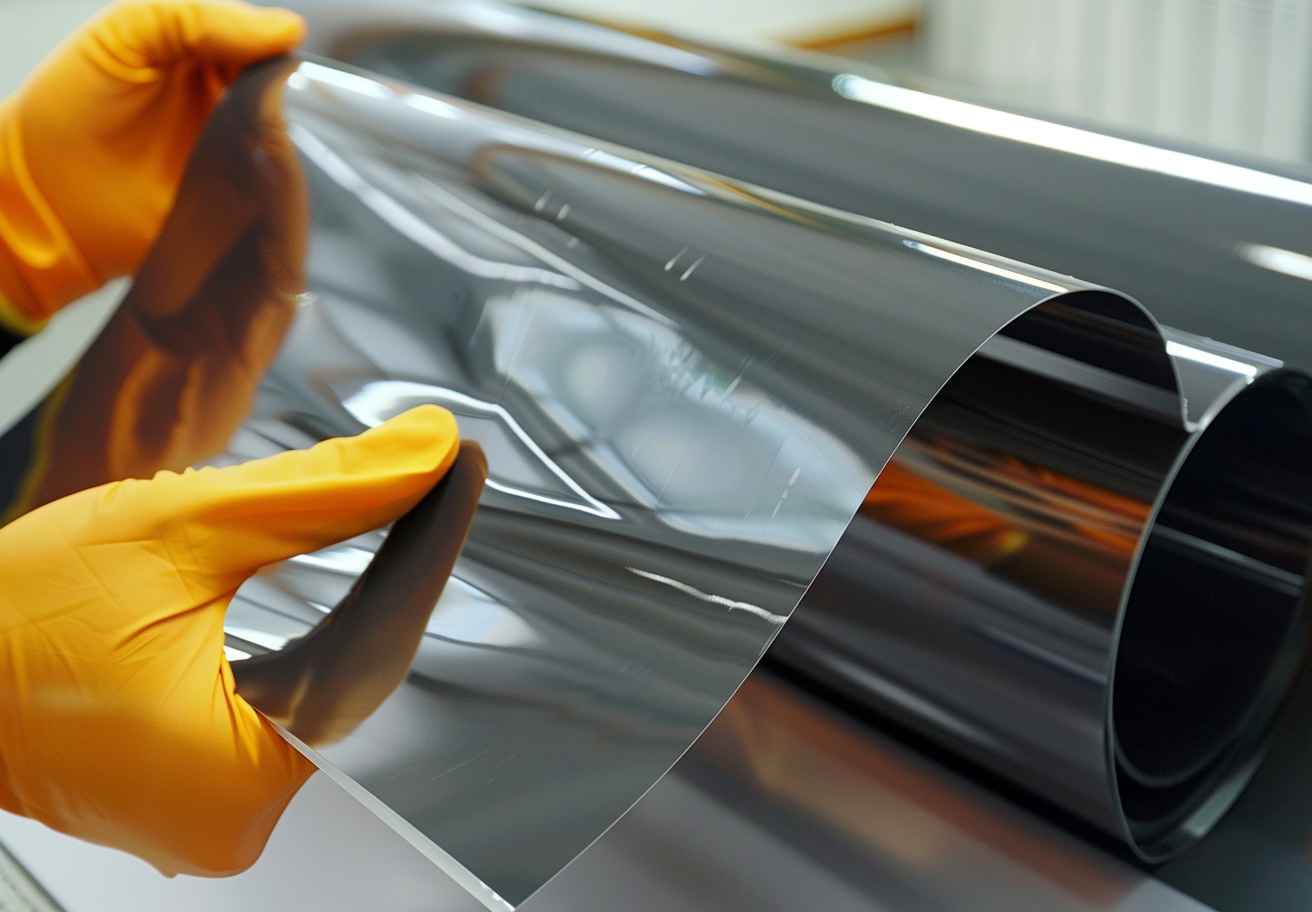Introduction
Hexagonal boron nitride (hBN) is an extremely hot research area within materials and nanotechnology. It possesses remarkable thermal stability, electrical insulation property, and high thermal conductivity, thereby making this material most suitable for various applications in electronic devices, energy storage, and optoelectronic systems. Chemical vapor deposition (CVD) technology is simple, economical and environmentally friendly. It has gradually become a popular coating method. Using CVD to grow multilayer hBN films on copper foil not only fully utilizes the inherent advantages of hBN, but also takes advantage of the excellent thermal conductivity and scalability of copper foil, enabling efficient large-scale production.
Principles of CVD Technology in hBN Film Preparation
Chemical vapor deposition (CVD) is a process in which a gaseous precursor decomposes at high temperature in a reaction chamber to deposit a solid film on the surface of a substrate. Specifically, a reaction gas containing boron and nitrogen substances is introduced into a high-temperature environment, allowing them to decompose and react on the substrate (copper foil) to form a high-purity hBN layer film.
CVD technology has the following advantages:
- Precise control of key deposition parameters, including temperature, gas flow, and deposition time.
- Good repeatability and well-suited for large area deposition, hence suitable for large-scale production.
- CVD is a more economical as well as an environment-friendly method when compared to PVD or ALD.
Copper foil has excellent thermal conductivity and mechanical flexibility, making it an ideal substrate material for coating. Before coating, the copper foil needs to be pretreated, usually including cleaning and surface activation, to enhance the adhesion and uniformity of the hBN film.
Generally speaking, the complete steps of this process are to place the pretreated copper foil into a high-temperature reaction chamber, and introduce boron and nitrogen-containing precursor gases, such as ammonia (NH₃) and trimethylboron (TMB), at the same time. By carefully adjusting the ratio, flow rate and deposition time of these gases, multiple layers of hBN films can be uniformly grown. By adjusting the process parameters, the interlayer interface of the multilayer structure can be effectively controlled, and each layer of hBN can be deposited with high quality.
Technical Challenges and Solutions in Multilayer hBN Film Growth
There are still some technical challenges in the preparation of multilayer hBN films. One is the need to strictly control the crystal structure and minimize lattice defects or inconsistencies. This is to ensure consistent uniformity between layers.
Another challenge is how to achieve uniform film thickness over a large area. Uneven thickness leads to differences in electrical and thermal properties, which weakens the performance of hBN. Only by solving this problem can large-scale production be promoted.
To meet these challenges, it is necessary to start with optimization of various process parameters, such as increasing deposition temperature, refining gas flow rate, and extending deposition time. In addition, studies have shown that manipulating precursor gas composition and adding auxiliary gas flow can effectively reduce defect density and improve interlayer interface quality. Research on the layer-by-layer growth mechanism is constantly developing, dedicated to improving the overall performance of multilayer hBN films and their applicability in various technologies.
Application Areas of hBN Films
Multilayer hBN films find applications across a diverse range of high-tech fields.
Electronic Devices: In field effect transistors (FETs) and stacked device structures, hexagonal boron nitride (hBN) can be used as an insulating layer and heat dissipation material. Its high thermal conductivity helps dissipate heat and extend the service life of the device. At the same time, the electrical insulation properties of hBN can improve the performance and stability of the device.
Deep Ultraviolet Optoelectronic Devices: Hexagonal boron nitride (hBN) has a wide bandgap and is suitable for deep ultraviolet photodetectors and light-emitting devices. Its thermal stability and chemical inertness make it suitable for use in high-power deep ultraviolet light sources.
Graphene Devices: hBN is an ideal substrate for graphene due to its atomic-level flatness and lattice compatibility, which help improve graphene device performance by increasing electron mobility and reducing scattering. The hBN/graphene heterostructures also hold significant value in quantum and nanoelectronics research.
Energy Storage: In lithium-ion batteries and supercapacitors, hBN films can function as effective separators, enhancing battery safety and cycling stability, thereby extending battery life.
Composite Materials: hBN reinforced composite materials are used in structural materials and functional materials, such as high-strength lightweight materials and high-temperature resistant composite materials. These composite materials can meet the needs of the aerospace and automotive industries.
Nanotechnology: hBN thin films are used in nanoelectronic devices and nanosensors. Its unique two-dimensional properties are expected to promote innovation and progress in nanotechnology.
Conclusion
The use of chemical vapor deposition (CVD) technology to grow multilayer hexagonal boron nitride (hBN) films on copper foil substrates has technical advantages and application prospects. hBN films have good thermal stability, electrical insulation and thermal conductivity, and are of great value in electronic devices, deep ultraviolet optoelectronics, energy storage systems and composite materials. Although challenges related to crystal structure control and thickness uniformity still exist, continuous optimization of CVD process parameters and technological innovation are gradually overcoming these obstacles.




